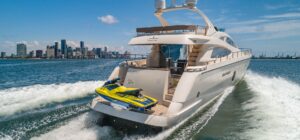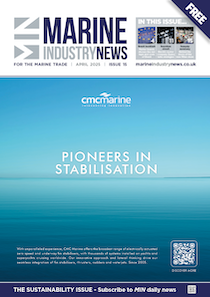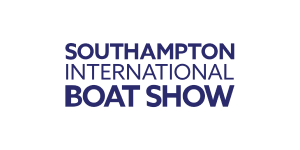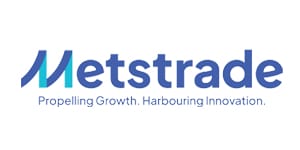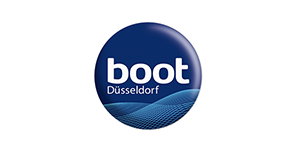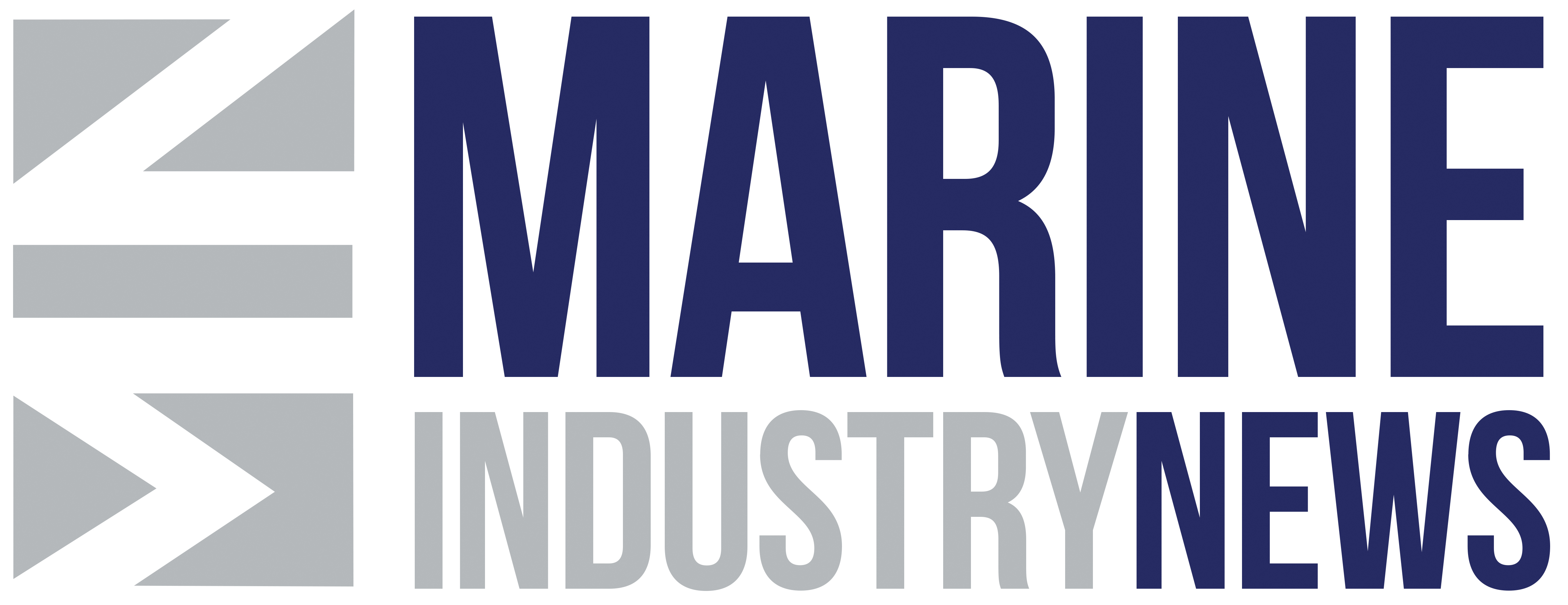In Focus: How Aqua superPower convinced the marine industry to get connected
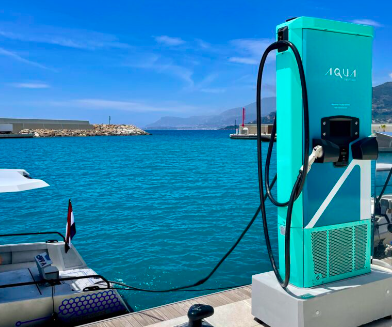
Although I’ve been in the marine world from a recreational sports perspective for 40 years, my professional background is in automotive engineering tech, writes Aqua superPower’s CEO Alex Bamberg for Marine Industry News.
In 2010 I realised, seeing what Tesla and Nissan were doing, that the market was going to evolve quite quickly for EVs (electric vehicles). I started a business called ChargePoint Services and our public network GeniePoint. We had great success winning the [contract for the] London Olympics in 2012, installing the first ever network of UK national DC chargers, where we pioneered many customer-facing functionalities, such as improving fairness (pay by kWh).
We soon realised the scale of this business and by 2019 had become the second largest recharging network behind BP and Shell until we were acquired by Engie in 2019. I stayed there for a year and then when I left, I was introduced to the high-net worth Stewart Wilkinson, who is one of the very few genuine environmentalists.
His vision was to create a high-tech, easy to use global marine charging network.
Wilkinson employed ex F1 powertrain engineers to design and build pure electric drivetrains. It produced several boats/powertrains offering between 100-600hp. He asked if I could deploy high powered chargers globally… We had a great ‘chicken and egg’ discussion regarding boats first, chargers later versus chargers first, boats later.
From all [my] lessons in the automotive sector, it was a necessity for chargers to go first and then the boats would follow en masse. Stewart agreed to fund the project, I asked my CPS and Engie team to rejoin me in this exciting venture and Aqua superPower was born. Our global marine fast charge network was formally launched at Venice Boat Show 2021.
The five-year plan
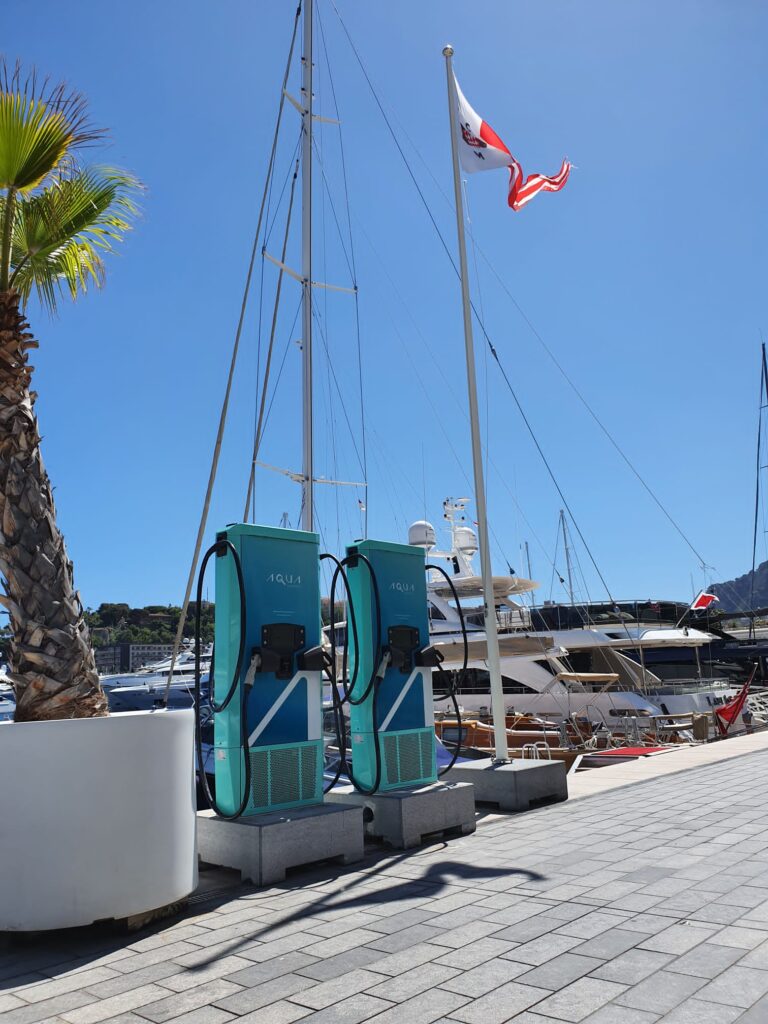
Aqua superPower is only partway through building networked charging corridors. We have several hundred signed contracts to deploy globally that will be commissioned over the next two to three years. As Aqua provides the upfront capital and funds the grid and charging provision, this lowers the barrier to entry for market players (commercial operators and leisure boatbuilders).
It’s also about building new relationships with new powertrain providers, helping boatbuilders to adopt the technology. What we do know is once the chargers are in place the boat inventory will come. If you don’t put the chargers in, the price of the boats is irrelevant as nobody is going to buy them.
We’d like to install a further 120-150 charging points globally in prime commercial and recreational boating hotspots in 2023.
Regions coming next
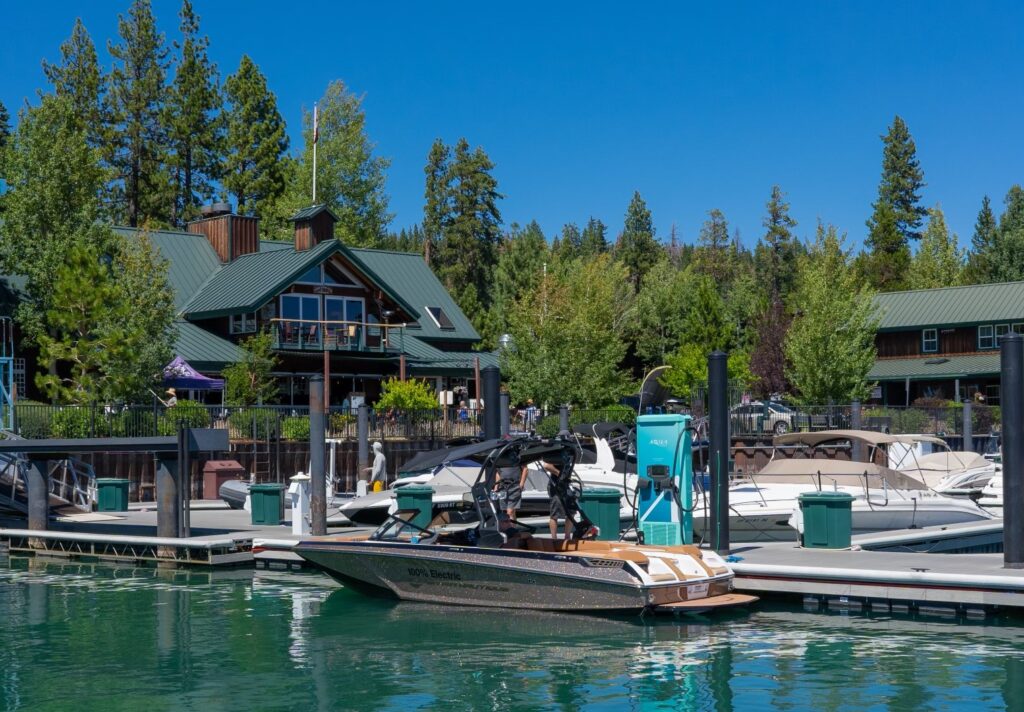
There are many elements [to] why we would deploy in a certain territory. For example, established leisure use locations where there is a high output of carbon which damages air quality and marine ecosystems. Where possible, there are greater improvements in achieving the road to zero by being able to scale the infrastructure, so we design connected corridors along certain coastal routes and popular inland waterways. Countries that lead legislation change allow us to deploy faster, therefore these are our initial targets.
In March 2023, Italian marina association Assomarinas and Aqua superPower announced its collaboration to install electric boat charging stations in the marinas associated with the network.
In partnering with Assomarinas, we will be able to develop fully connected marine fast-charging infrastructure along the entire Italian coast to service the growing number of electric boats.
Positive shifts
Late last year I visited METSTRADE 2022 and early this year boot Düsseldorf. I was genuinely surprised by the very significant uptick in electrification by not only well-funded technology startups, but also established boatbuilders and marine businesses. This is extremely encouraging and the adoption into the market is without doubt accelerating faster than e-mobility in the automotive sector did in 2014-15. What this brings, of course, is enhanced quality and cost benefits to the end users, be it commercial and leisure, while being able to hit decarbonisation targets, as well as significant running cost advantages.
Additionally, technology markets will always accelerate once government legislation supports that segment and Aqua is now seeing genuine moves towards landlords adopting the critical infrastructure to make this happen.
Learning from the EV market
Our established experience tells us that close co-operation with boat brands (OEMs) and powertrain manufacturers is absolutely essential in delivering a no-apologies cleaner alternative to liquid carbon fuels.
There are several reasons why collaboration or a uniformed approach to the market is delivered. These include standardisation of certain technology protocols and close liaison with the actual powertrain and battery manufacturers, ensuring best user and hassle-free experience while providing the most efficient fast charging that protects the batteries.
As the electric boat market grows, so does the need for reliable and accessible charging. This is why we are working with leading electric boat makers and industry partners on driving marine fast charging interoperability, safety, and compatibility standards.
Check out MIN’s archives to trace Aqua superPower’s astonishing growth. This article was originally published in MIN’s April 2023 print edition, under the title Power Up.



